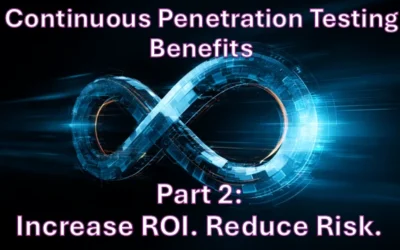Modern networks aren’t failing because of lack of tools. They’re failing because the tools don’t talk to each other. Or worse—they don’t talk to the people managing them.
There’s a fundamental disconnect between the intent of what the network is supposed to do and what it actually does after deployment. Engineers build in isolation. Policies drift. Documentation lags. And when something breaks, it’s anyone’s guess which layer—or person—is responsible.
The problem isn’t just technical. It’s operational. And it’s strategic.
Why Traditional Validation Isn’t Enough Anymore
Even in mature environments, the operational model for managing change is still built on reactive habits:
- Configuration is done device-by-device
- Testing happens in silos or in undersized lab environments
- Rollbacks are manual, slow, and risky
- Documentation is often outdated the moment a change goes live
That model might have worked when networks were smaller and more predictable. It doesn’t scale to today’s multi-vendor fabrics, hybrid cloud integrations, and always-on application demands.
Every change introduces risk. Not because the engineer lacks skill—but because the system lacks context. And when things go wrong, the root cause isn’t just a misconfiguration—it’s that no one knew something had changed until it broke.
This is where intent-based networking shifts the paradigm.
What Intent-Based Networking Actually Means
Intent-based networking starts with defining the desired state of the network—everything from physical topology and logical design to policy expectations, performance thresholds, and service behavior. It doesn’t just document intent; it enforces it.
Here’s how it works:
- Blueprints define what “good” looks like—from connectivity paths to security posture.
- The network continuously validates itself against that blueprint—detecting deviations in real time.
- If drift happens, the system can flag, correct, or automatically roll back the change, depending on the policy.
- Historical trends, anomaly patterns, and topology health are tracked as part of normal operations, not post-mortems.
It’s not just a better way to manage change. It’s a different way to think about network operations.
From Static Testing to Real-Time Enforcement
In most enterprises, testing happens in the lab and confidence is assumed in production.
Intent-based networking flips that: confidence is earned by ensuring the production environment never drifts from what was tested—and if it does, teams are notified with precision.
It’s a powerful model because it creates a direct link between design and operations:
- Changes can be simulated and validated before they ever hit production
- Ongoing performance and policy compliance are monitored continuously
- Root cause analysis becomes faster because the system understands intent—and can track when and where something diverged
The outcome? Fewer late-night troubleshooting calls. Fewer surprise outages. And far fewer instances of teams “guessing” their way to resolution.
Building for Complexity Without Compromising Clarity
What makes this approach compelling isn’t just automation—it’s clarity. The larger and more distributed the environment, the more crucial it becomes to have a single source of truth about how the network is supposed to behave.
That’s where platforms like Juniper Apstra provide lift. Instead of configuring devices directly, engineers define services and expectations. The system handles how that intent is translated, deployed, and validated.
You’re not removing the human from the loop—you’re removing the guesswork. The engineer still defines the what and why. The platform handles the how and when.
In real-world environments, this has helped teams reduce deployment timelines from weeks to days, uncover policy gaps before they become production problems, and align network operations with business-critical service requirements.
The Road Ahead: From Fragility to Confidence
Networks aren’t just a utility—they’re a foundation. And foundations can’t be based on hope.
Moving toward intent-based models doesn’t mean replacing everything. It means shifting your operational center of gravity—from reaction to prevention, from configuration to validation, from disconnected tools to unified intent.
Organizations that make this shift aren’t just better equipped to handle change—they’re better positioned to drive it.
Want to go deeper?
Explore how intent-based networking and digital twin validation can reduce risk and transform how you manage complex infrastructure.




